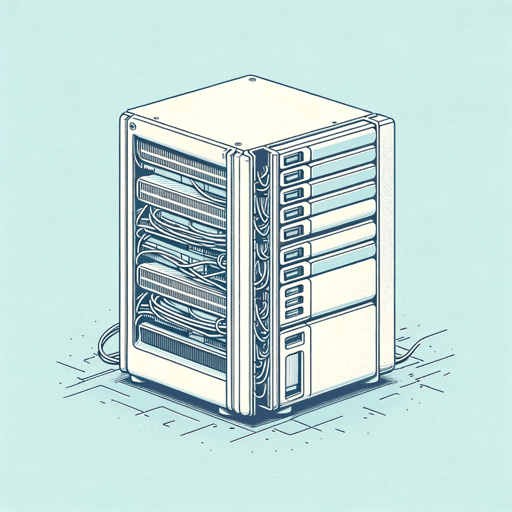42 pages • 1 hour read
Michael LewisFlash Boys: A Wall Street Revolt
Nonfiction | Book | Adult | Published in 2014A modern alternative to SparkNotes and CliffsNotes, SuperSummary offers high-quality Study Guides with detailed chapter summaries and analysis of major themes, characters, and more.
Important Quotes
“The. U.S. stock market now trades inside black boxes, in heavily guarded buildings in New Jersey and Chicago. What goes on inside those black boxes is hard to say—the ticker tape that runs across the bottom of cable TV screens captures only the tiniest fraction of what occurs in the stock markets. The public reports of what happens inside the black boxes are fuzzy and unreliable–even an expert cannot say exactly what happens inside them, or when it happens, or why.”
(Introduction, Pages 3-4)
Lewis is perhaps the best-known for making complex aspects of Wall Street comprehensible to the general public. The public has a vested interest in knowing what goes on in Wall Street, since it will affect them regardless of their participation in it. Lewis argues that an outsider must provide that explanation since people within Wall Street are often unable or unwilling to provide an honest account. Lewis’s ability to vividly paint the smoke-and-mirrors of Wall Street trading using the language of sci-fi “black boxes” establishes his ethos as an outsider willing to be blunt about the activities of Wall Street.
“Like every other trader on the Chicago exchanges, he saw how much money could be made trading futures contracts in Chicago against the present prices of the individual stocks trading in New York and New Jersey. Every day there were thousands of moments when the prices were out of whack—when, for instance you could sell the futures contract for more than the price of the stocks that comprised it. To capture the profits, you had to be fast to both markets at once. What was meant by ‘fast’ was changing rapidly.”
(Chapter 1, Page 9)
Flash Boys focuses on a new version of an old problem. Time has always been a fundamental problem for stock traders as they try to figure out how prices will move. The problem is even worse when there is a gap between the expression of interest in buying and selling stock and the actual transaction, since the party on the other side can use their knowledge of that interest to shift the price in their favor. Computerization should theoretically solve that problem by taking away the possibility for human collusion, but algorithms can adjust the terms of trade in mere fractions of a second, where a person would need minutes or hours.
Related Titles
By Michael Lewis

Going Infinite: The Rise and Fall of a New Tycoon
Michael Lewis

Liar’s Poker
Michael Lewis

Moneyball: The Art of Winning an Unfair Game
Michael Lewis

The Big Short: Inside the Doomsday Machine
Michael Lewis

The Blind Side
Michael Lewis

The Fifth Risk
Michael Lewis

The New New Thing
Michael Lewis

The Premonition: A Pandemic Story
Michael Lewis

The Undoing Project: A Friendship That Changed Our Minds
Michael Lewis

